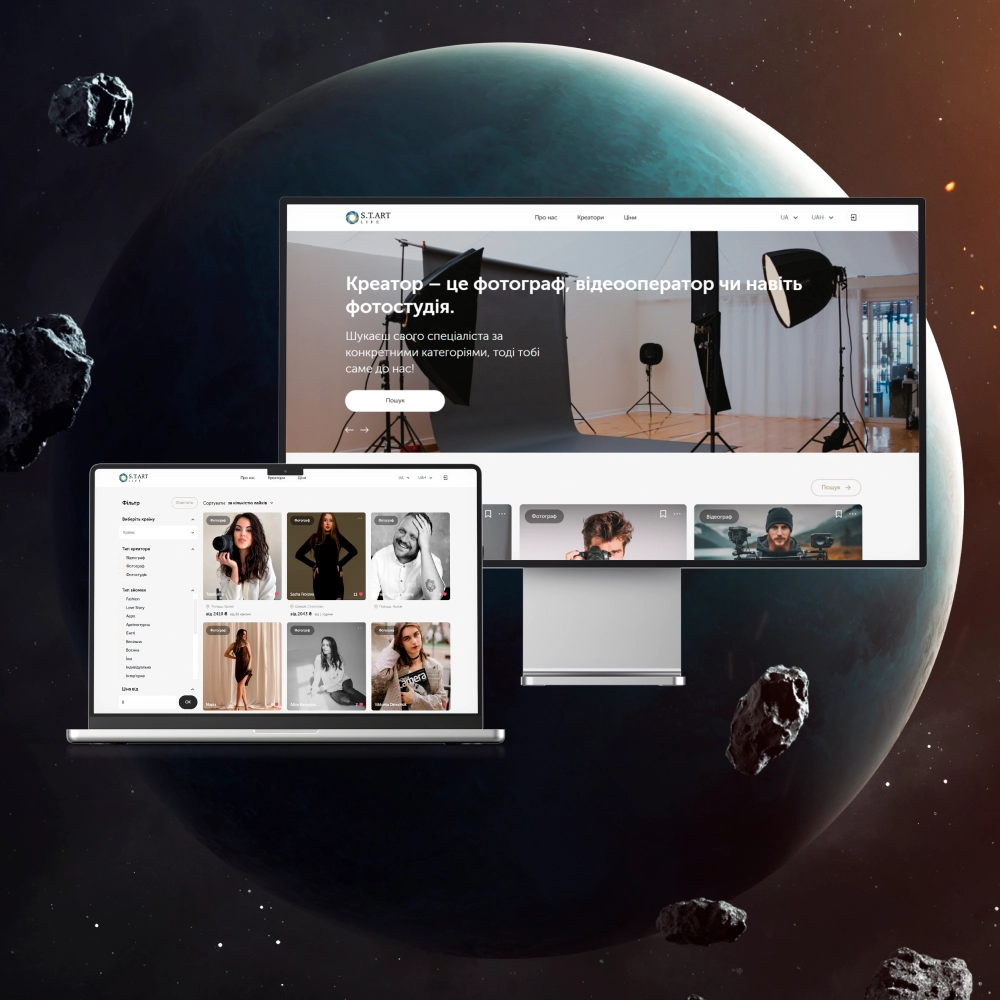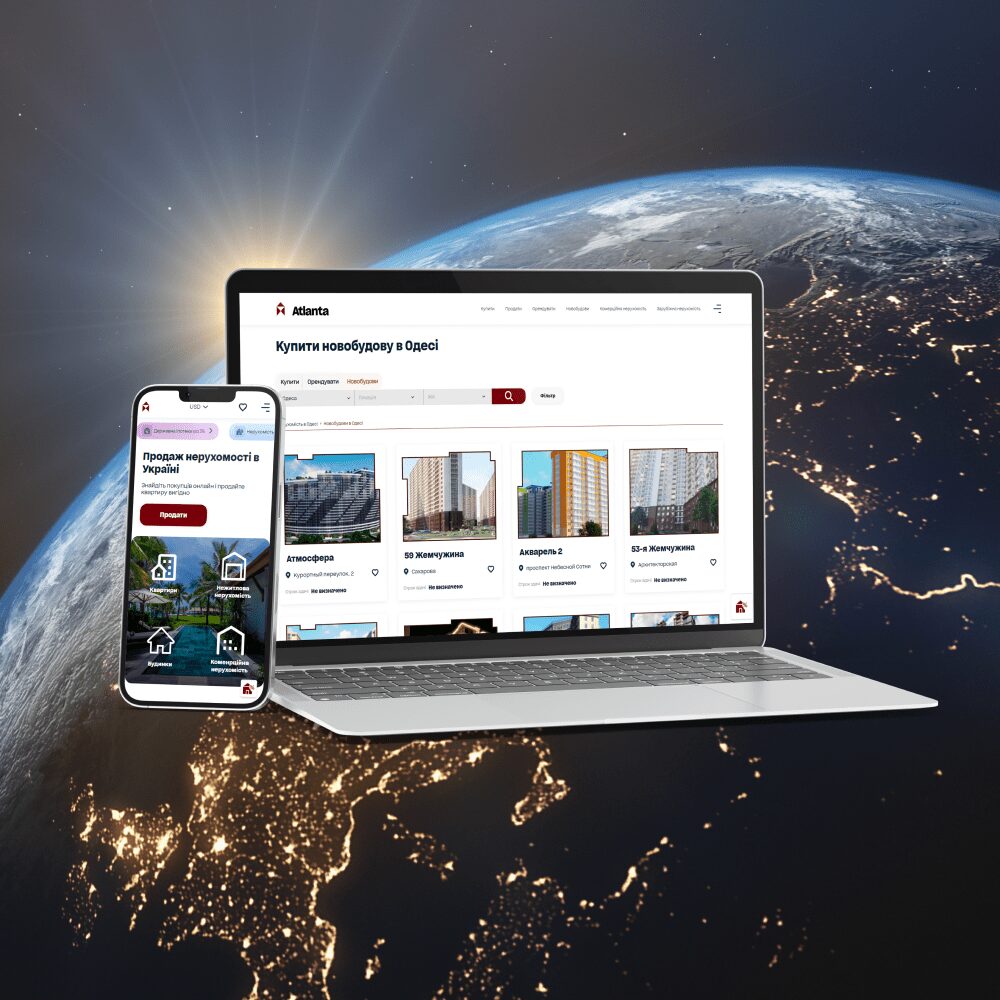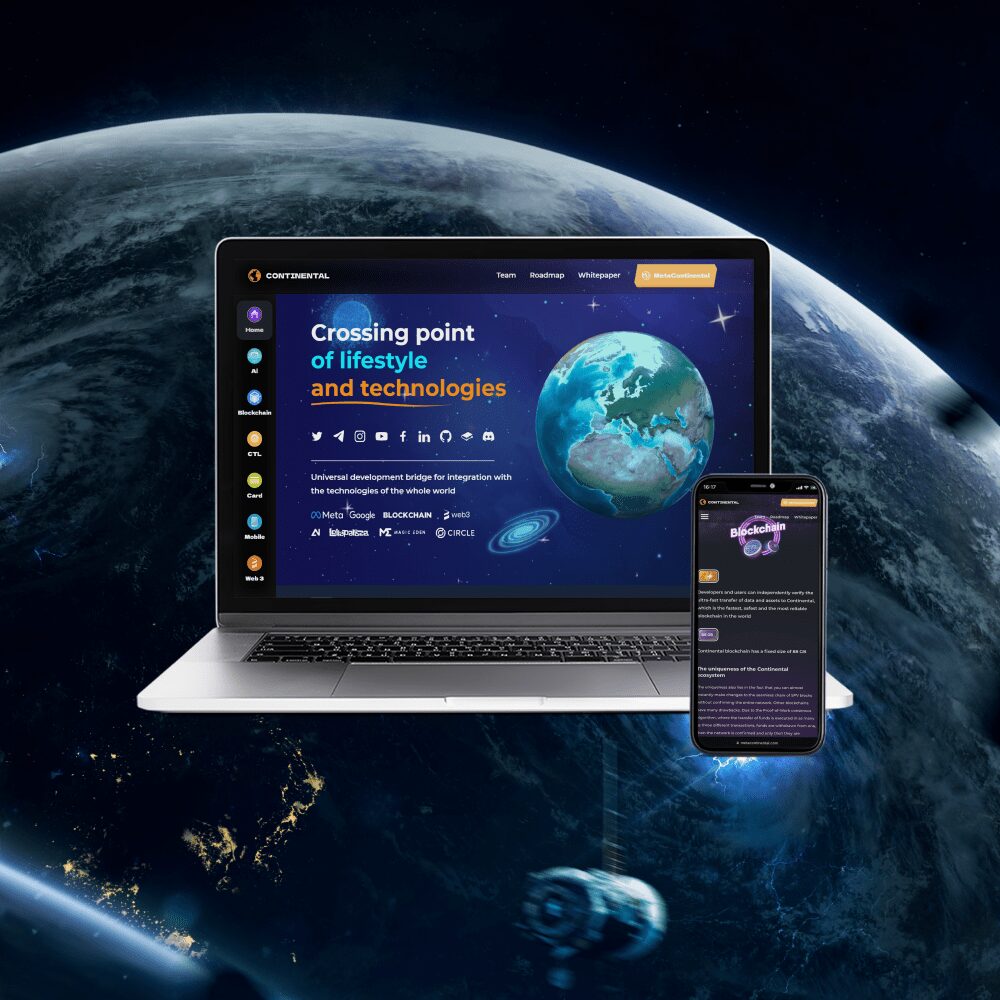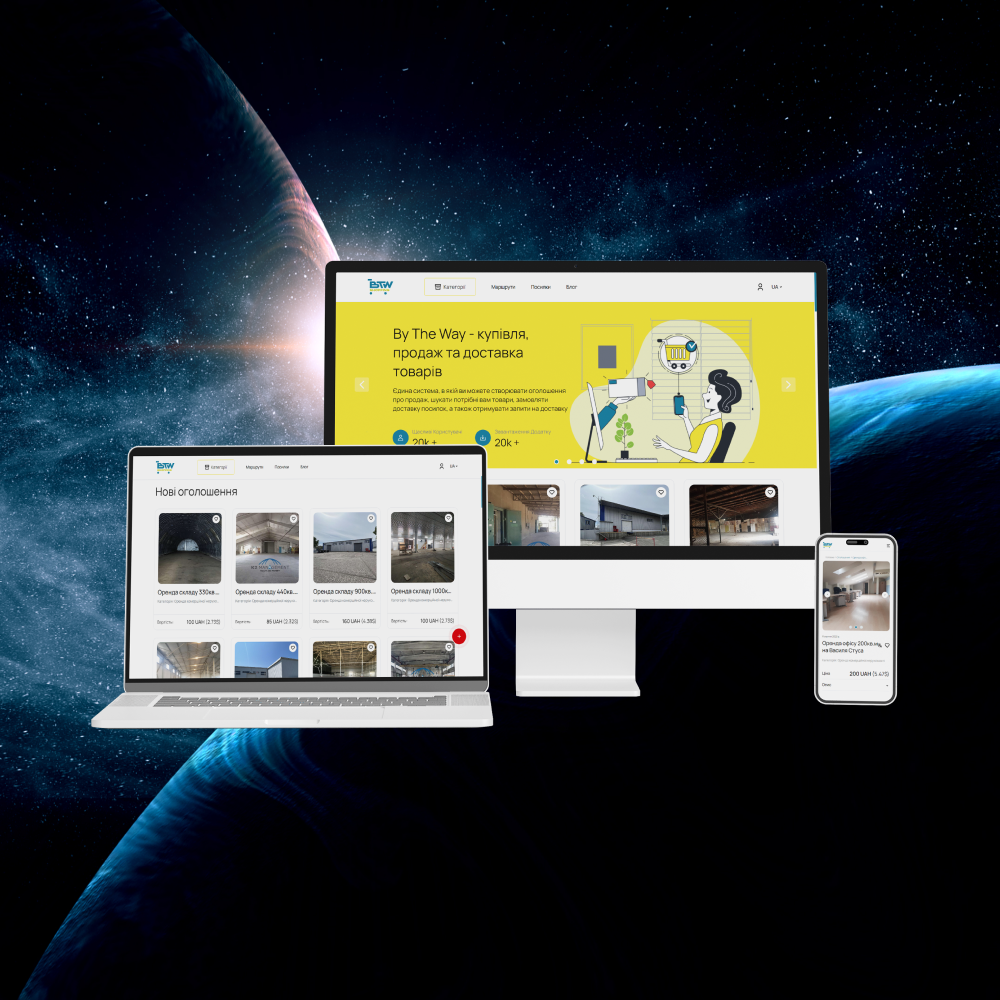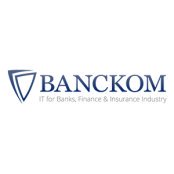Development of an accounting program
Development of an accounting program
Accounting softwareDevelopment of an accounting program Accounting software
Accounting software helps companies manage finances and automates routine tasks. It can be used to issue invoices, track receipts and expenses in real time, create financial statements and process payroll. Moreover, such programs can solve more specialized tasks, such as managing warehouse balances, receiving and shipping goods, project management and many others.
There are two types of accounting software: ready-made and custom.
In the first case, you do not need to pay for software development, design and testing – you get a ready-made product that you can start using right now. Such programs usually offer a basic set of features and come with a lot of limitations, which can slow down business processes. In this article we will take a closer look at the second option. First, let’s look at the main advantages of custom systems, and then we’ll tell you how to create and implement such a solution in your business.
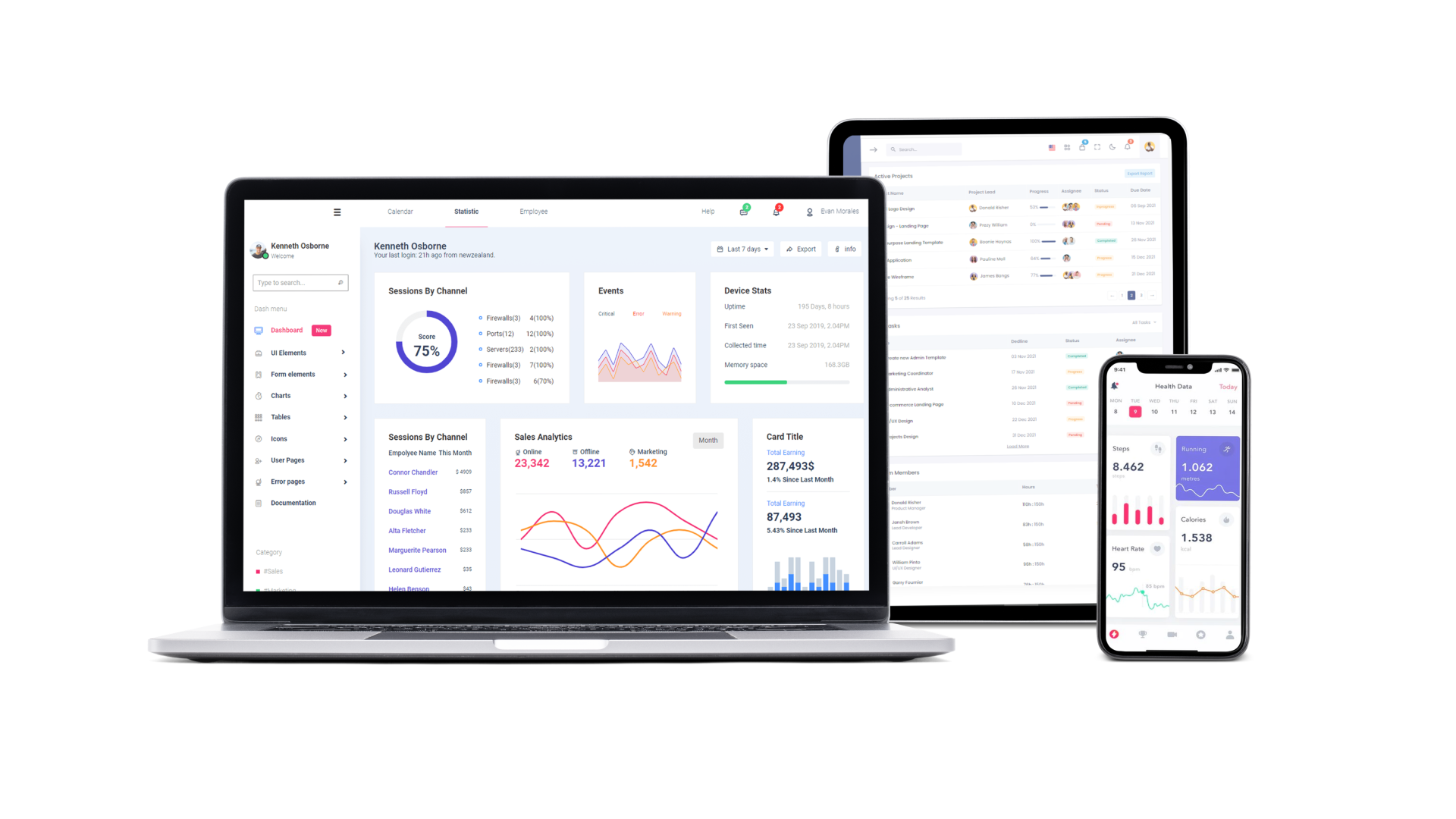
Why invest in a custom accounting app?
Advantages of custom systemsWhy invest in a custom accounting app? Advantages of custom systems
Creating your own accounting application requires some investment, time and effort. But in return you will receive a product that:
- Increases the efficiency of the accounting department. Custom software takes into account all the features of a business, which means it operates more accurately and efficiently, which creates optimal conditions for business development.
- Saves time. By automating repetitive tasks, you can reduce the burden on your accounting department. Thus, employees will no longer have to waste time on manual data entry, invoicing and other routine tasks.
- Reduces the risk of errors. Carrying out calculations manually is not only time-consuming and difficult, but also risky.
The human factor is always present, and even the slightest mistake can cause financial losses or even legal problems. At the same time, accounting software allows you to get rid of many risks.
- Has high reliability. Custom development allows you to create a competent and reliable program architecture that is highly fault-tolerant and can withstand heavy loads.
- Gives quick access to data. Digitalization of company data: reports, financial turnover, salary deductions and other things, makes it possible to monitor business performance in real time. As a result, you will be able to make more informed business decisions.
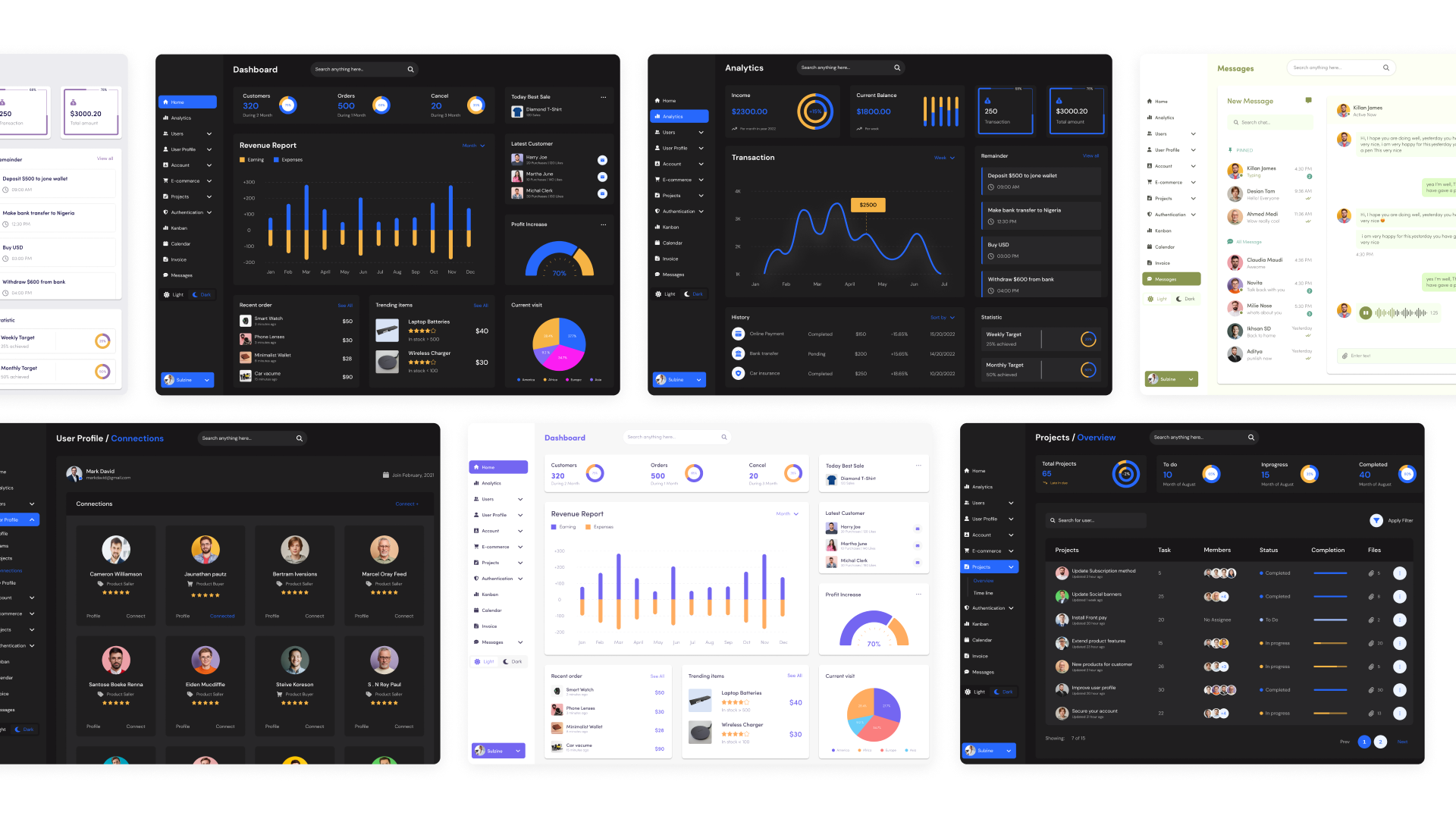
How to develop an accounting program in 9 steps
Software developmentHow to develop an accounting program in 9 steps Software development
Creating accounting software can seem complicated and time consuming. However, this entire process is easily divided into 9 successive stages, which you can quickly and easily overcome thanks to the experience and professionalism of our teams. Now we propose to simply talk about each of these stages in more detail.
Step 1. Market and business analysis
You should start with a thorough study of the company, its internal processes and software solutions that the market offers. This will allow you to understand what capabilities the created program should have to meet the needs of your company.
Step 2. Selecting functionality
The functionality of a custom accounting program is determined individually, based on a preliminary analysis. Therefore, within the framework of this article, we propose to consider only some basic functions that are often found in such software:
- Salary calculation. This is one of the most important modules. It takes into account employee rates, fines, vacations and sick leave, and also deducts taxes in accordance with current legislation. As a result, the accountant will only have to make a few clicks to make the payment of wages.
- Formation of financial reports. This module allows the program to automatically generate various reports necessary to analyze the financial activities of an enterprise. For example, this could be a cash flow statement (CFT), a balance sheet, and others. This way, you can track which part of your company is losing money, where you should reorganize, or where to direct the most investments.
- Control of inventory balances. The function will allow your company to effectively manage inventories of goods in warehouses, track the movement and sales of products, expiration dates and other characteristics.
- Preparation of tax returns. Forming tax returns requires a lot of effort from accountants. However, thanks to this module, this process can be fully automated.
- Working with several companies. This functionality will allow the accounting department to centrally manage data from subsidiaries – generate various reports and tax returns, combine financial indicators to monitor performance, etc.
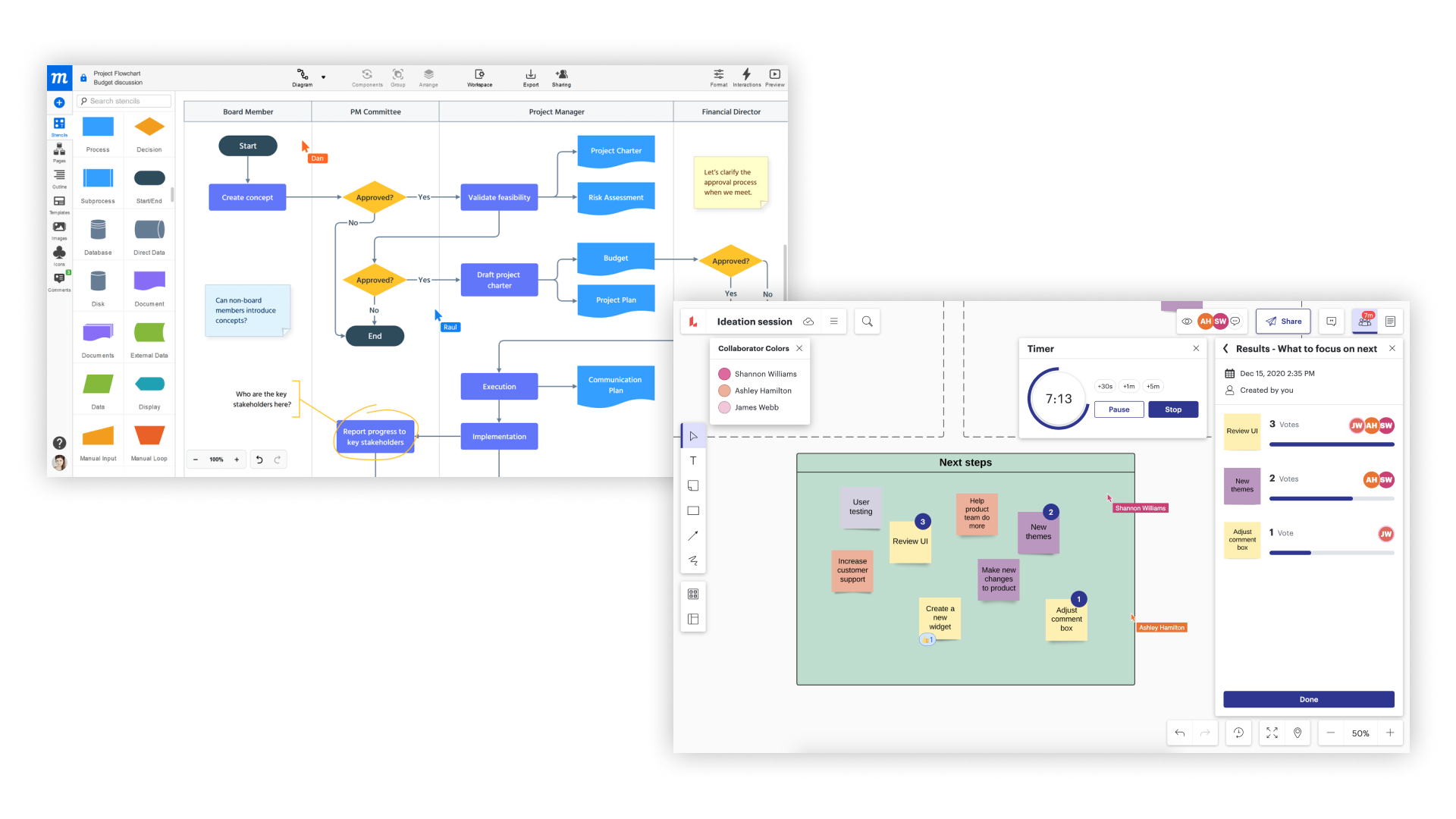
Development stages
Development stages
Step 3: Prototype
Based on the two previous stages, our specialists design a future accounting program and create its prototype. This will allow you to understand exactly what the software will look like, how exactly the various modules will work and how they will be able to interact with each other. Such a mockup includes four key components: interface warframes, a table describing functions, block diagrams of modules and project mathematics (a list of formulas that will be used for various calculations).
Step 4. Selecting a technology stack
The technology stack for an accounting program is always selected individually. The choice of a specific framework or programming language can be influenced by many factors – from functionality, features and requirements of the system, to the platforms on which it is planned to be used.
Moreover, there is no absolute “champion” here, because each technology has its own pros, cons and application features. To implement the server side, we most often use the Django, Flask, Yii2 or Laravel frameworks. They contain a ready-made project architecture, proven in practice and effective, which can be adapted to the needs of a specific project. This saves developers time and helps them quickly create reliable and performant solutions.
There are also options when creating the client part. The frontend can be built on static technologies HTML, CSS, JavaScript, or on JavaScript frameworks Vue, React, which provide faster interface response.
We usually develop the mobile version of the program using the cross-platform Flutter framework. It uses one code base to run on IOS and Android, and allows you to implement almost any user flow. But if you need complex features for each specific platform, we can also use native Kotlin and Swift technologies.
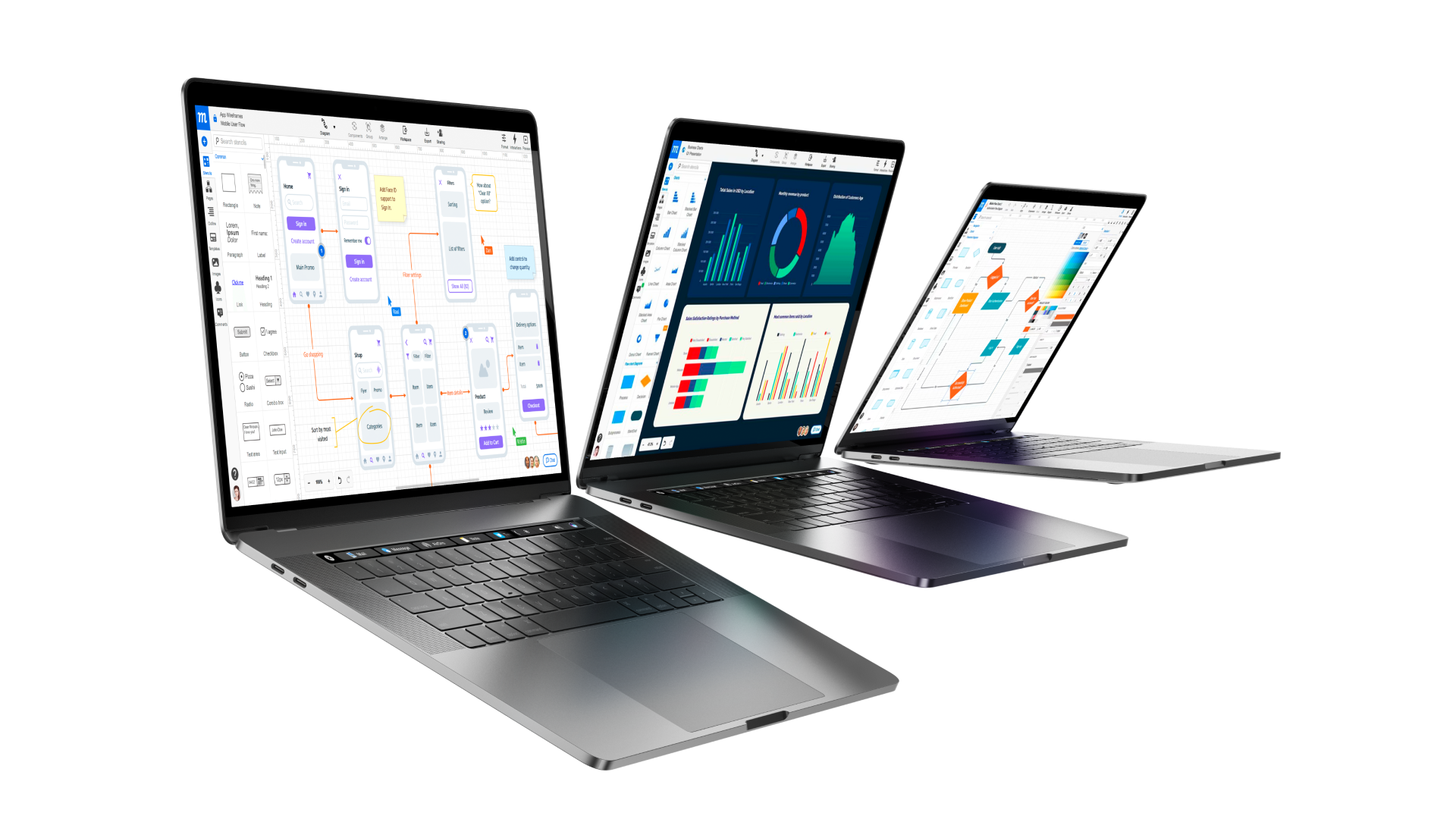
Development stages
Development stages
Step 5. Design development
A competent UI makes the software simple, convenient and intuitive. At this stage, designers, based on previously approved mindmaps and warframes, create an interactive design layout of the product.
Step 6. Technical development
This stage can be divided into two parts: frontend and backend. Frontend is the client side of the application. Its development includes layout, creation of animations, event handlers and other interface elements. Backend – server part. When implementing it, programmers write functional code, build a client-server architecture, create an API and lay down the business logic of the product.
Step 7: Testing
Testing is an important part of accounting software development. Its goal is to find and eliminate any bugs, errors and vulnerabilities. In our team, testing is carried out in several stages using various methods. It can be automated or manual, and cover a number of techniques – unit tests, integration tests, functional tests and others.
Step 8. Support and development
After development is completed, we do not leave you alone with the new software. In the future, our team can provide qualified technical support for the program and, if necessary, improve new functionality.
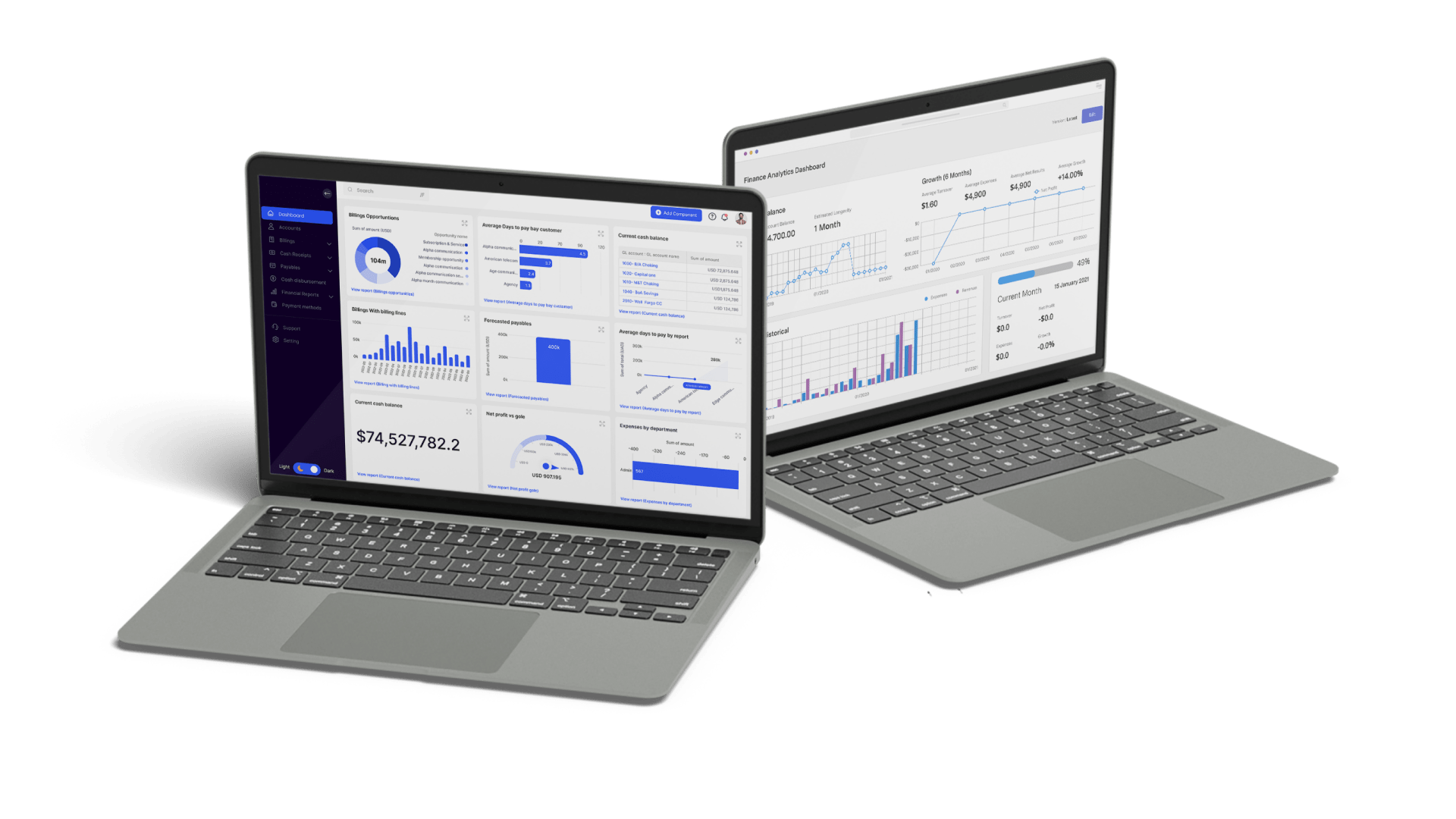
Development of accounting software in AVADA MEDIA
Development of accounting software in AVADA MEDIA
Accounting software will help you solve everyday problems faster and more efficiently, and will also reduce the burden on your staff. With its help, you will be able to monitor business performance and make informed decisions in a timely manner regarding further development in the market.
As for our team, AVADA MEDIA specialists have extensive experience in creating individual accounting systems for various business areas. We will help you overcome all stages of development without any problems and implement an effective tool in your business.
Fresh works
We create space projectsFresh works
The best confirmation of our qualifications and professionalism are the stories of the success of our clients and the differences in their business before and after working with us.
Our clients
What they say about usOur clients What they say about us
Successful projects are created only by the team
Our teamSuccessful projects
are created only by the team Our team
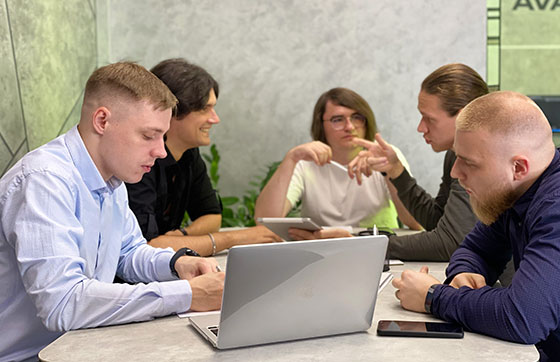

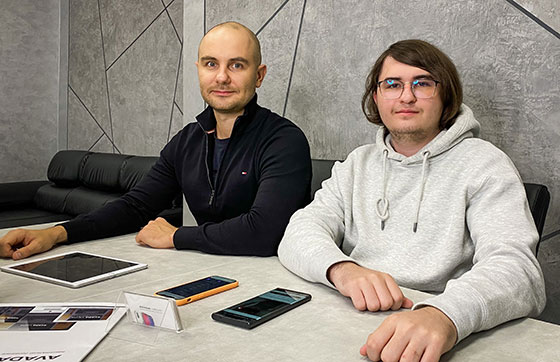
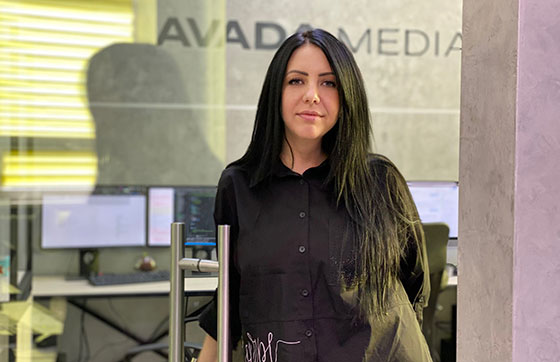
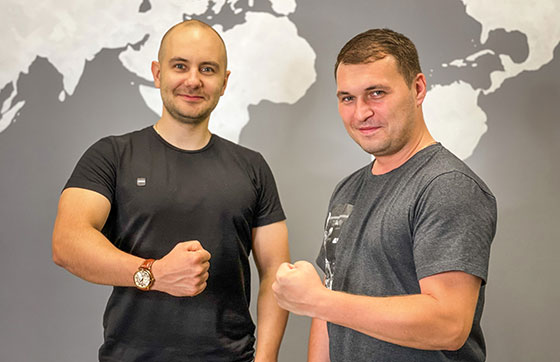





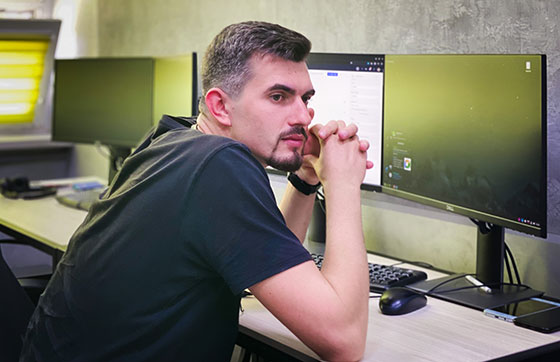

Contact the experts
Have a question?Contact the experts Have a question?
-
Phone:+ 38 (097) 036 29 32
-
E-mail:info@avada-media.com.ua
